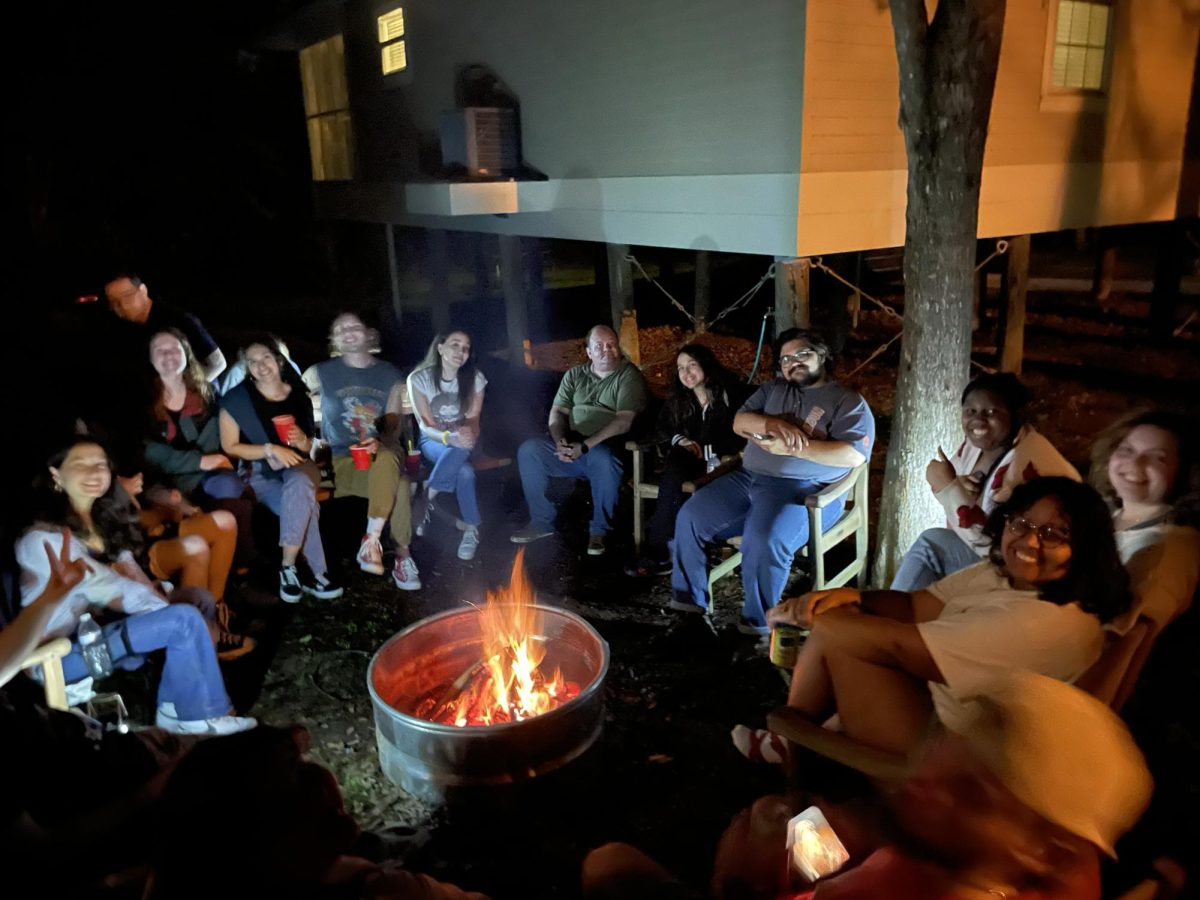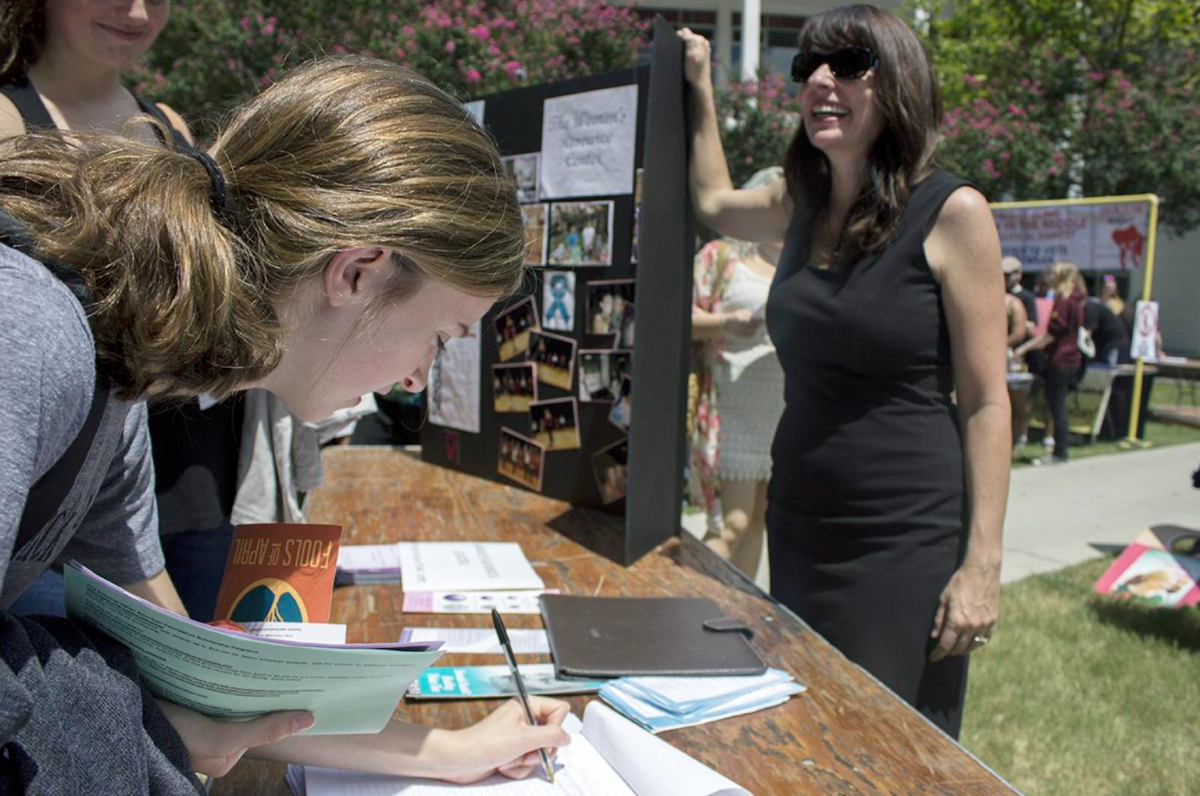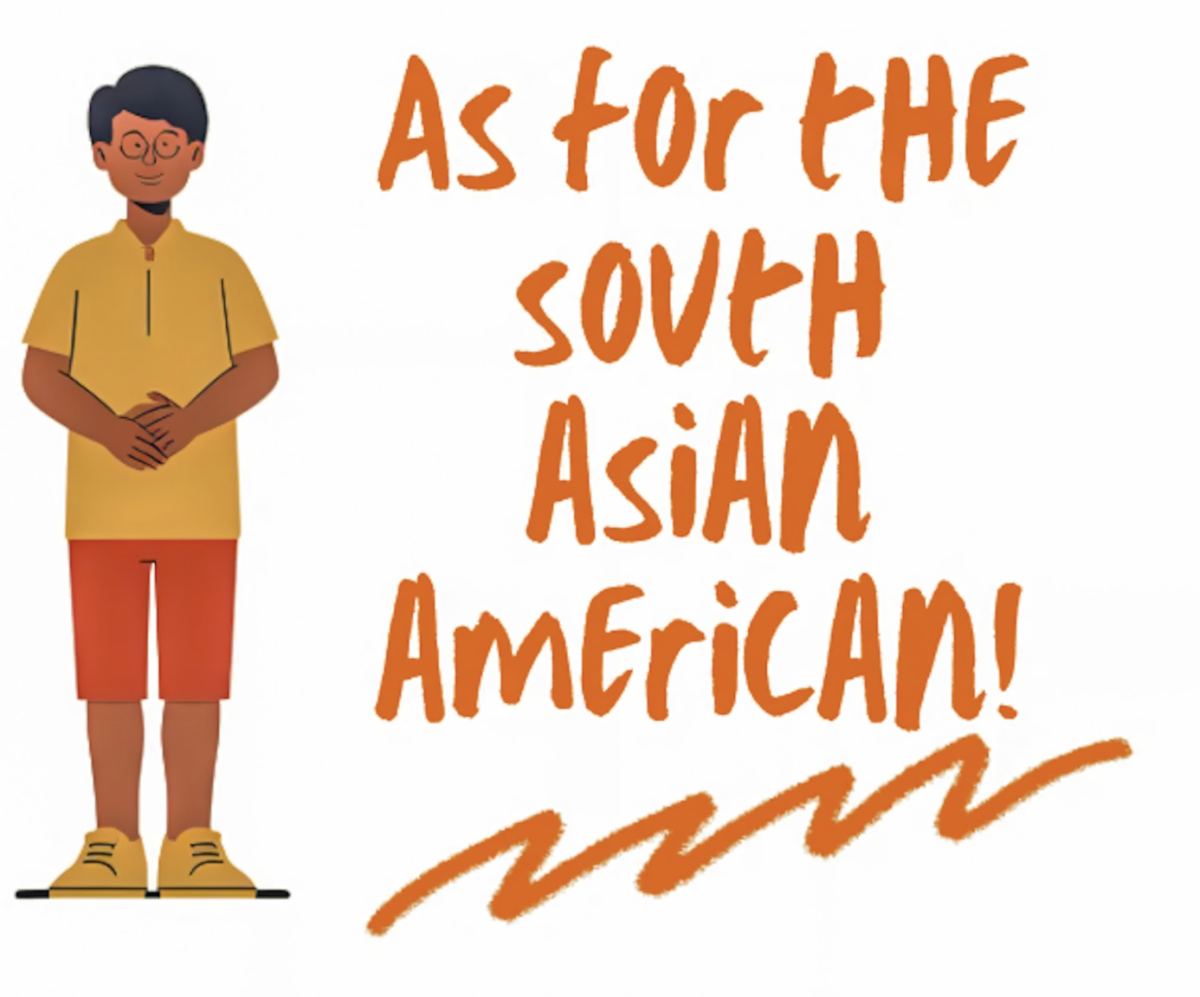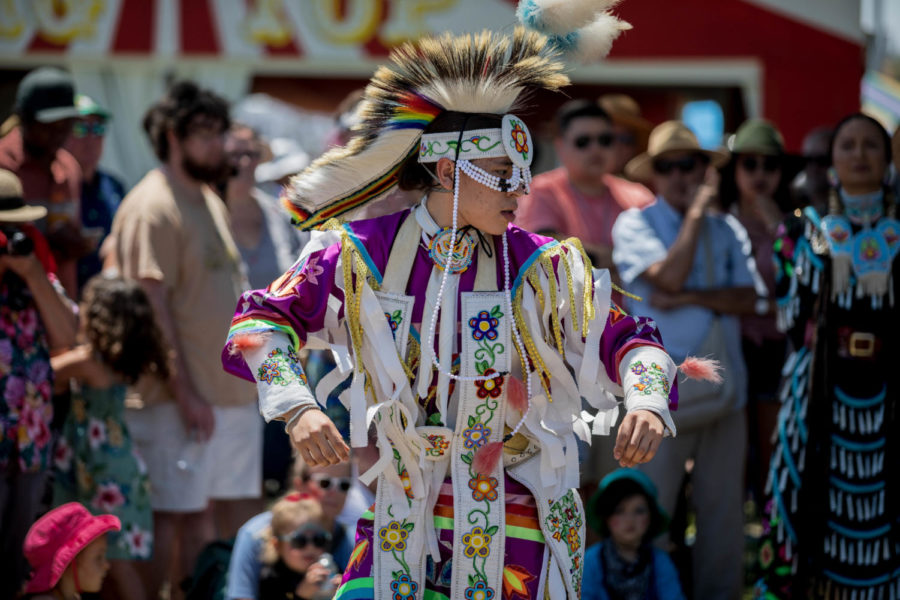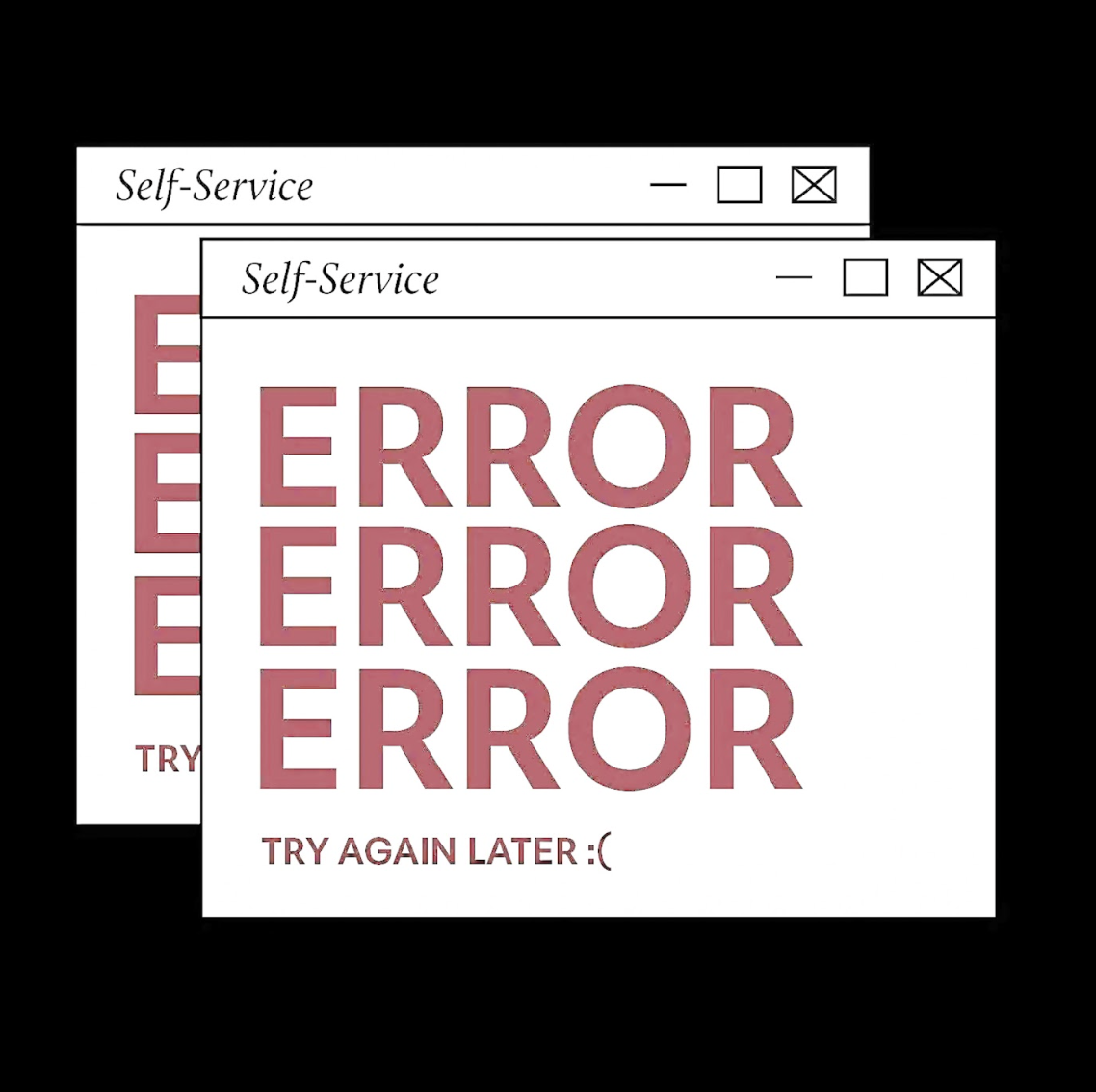On Nov. 1, the Loyola Maroon turned 101. Old, but as far as college newspapers go, still on the younger side. The oldest in the United States, belonging to Dartmouth, was founded in 1799, turning 225 this year.
It’s not a new take, that the last bastion of ethical, honest, not for profit journalism, is student journalism. As conglomerates take over local news, obfuscate the truth, and steal communities identities, student journalism unites thousands of students in the United States who understand that strong, independent journalism, not beholden to money, forms the basis of all democracy.
And collegiate newspapers are part of every campus’ identity. While LSU might be known for Death Valley more than The Reveille, it still forms an integral part of campus life.
Whether the University of New Orleans’ Driftwood (I love this name, shoutout UNO Driftwood team), The Whalesong in Alaska, or any of the thousands of other inventive names given to student newspapers, magazines, and publications help form the identity of their institutions.
Go down the list, some of these names are amazing.
While there may be thousands of college newspapers, what makes the Maroon so special?
Is it our print edition published every week for 101 years? Most student papers can’t claim this feat.
Is it the fact that our broadcast and our print edition are connected? Most student broadcasts are separate from their print newspapers.
Is it that our entire organization is student led and student run? The University of Missouri may have the number one journalism school in the nation, but their paper, The Maneater, is faculty-run not student-run.
Is it our online and print content combined? Most papers choose to focus on one or the other, rather than making both primary focuses.
So is this what people think makes the Maroon special? Is it that everything we do is what makes us one of the top ten college newspapers in the country?
In the past century, we’ve had hundreds of students have their names printed in bylines on our paper, dozens of editors-in-chief. Our advisors went from a Jesuit priest, to a Times-Picayune columnist, to two former editors-in-chief in a row.
Our office went from a house on Calhoun Street to the Danna Center basement, and in the early 90s, we moved into what most Marooners know as our home, the 3rd floor of the Communications/Music Complex. Former CBS News host Walter Cronkite spoke at the opening ceremony of the building in 1986, preordainment of it to be a place of incredible journalistic ability and that’s the way it is.
So a lot has changed.
The two questions remain: What has stayed the same? And further, what makes the Maroon the Maroon?
Well, our logo hasn’t stayed the same, it changes every 5-10 years. Virtually every semester something changes. Our location, our student staff, our faculty staff, how we print, how we construct the pages, what ads we run (Some of y’all would go crazy for how many cigarette ads we used to run) what other branches we had, what we covered, how we’ve covered it.
In my time here, I’ve identified three things that have stayed the same: our name, our motto, and our Wednesday press nights.
The name staying the same is simply owing to our school’s colors so it is discounted here. My firm hope prevails that someone starts a rival publication called the Loyola Gold one day.
However, the latter two things keep us focused with a clear sense of direction, a purpose, a goal, on working for a greater Loyola And hard at work, five meetings a week, Wednesday press nights have run till midnight for as long as any ex-Marooner can remember. And for the past 101 years, there’s been a paper around campus every Friday morning, adorned with the motto: For a greater Loyola.
So is it the motto that makes us who we are? If college journalism is all non profit and independent then it seems that every student publication works towards the betterment of their community.
No, the motto does not make us who we are. What makes us who we are is that somehow, for 101 years, amidst extraordinary changes, we’ve kept one simple tradition alive.
Every Wednesday night, some passionate writers, photographers, artists, and copy editors, who deserve more appreciation than they receive, gather together.
Whether in a house on Calhoun, the Danna Center basement, or the office on the 3rd floor of the CMC that’s, coincidentally, named “The Maroon” several times across the walls, we try and tell stories to our classmates, friends, and colleagues about everything that goes on around us.
We’re really no different from kindergarteners showing off their finger paintings to each other.
Just as well, conventional wisdom and the development of the journalism profession has changed wildly over the decades of our existence. What advice our first EIC, Harold A. Dempsey, sought to pass down surely didn’t survive three decades of new staff to still be relevant to former advisor and EIC Liz Brodrick in the 1960s.
And surely her student experience, when we had our own campus printing press, and had “Liz’s Bits” column every week, didn’t all make it to advisor Michael Giusti when he served as EIC. Even Giusti’s advising us now, is based on his 25 years experience as a professional journalist, rather than when Marooners had to run through the streets early every Thursday morning to get the paper to the printing press on time.
If you look through the Maroon’s morgue, you’ll see dozens of papers that are entitled “EIC advice,” looking to be a handbook passed down through the generations. They don’t last. The world changes and how we talk about it changes.
The most recent attempt was in Spring of 2021 when the departing EIC made one for the incoming Fall editor, this guide however barely made it two EIC’s later, falling out of use in the Fall of 2023.
And there’s ones that went from 1999-2001, 2008-2012, and so on. Our people change, our location changes, our traditions change, the way we do things changes, Our motto doesn’t change, but our motto doesn’t make the people here, the people here make the motto.
We hold on to it, and time and time again we pass the torch to the incoming freshman and bid farewell to the outgoing seniors. We try our best to advise and guide and lead the new recruits, but a part of us also knows that most learning here is learning by doing, and that we all eventually figure it out at our own pace and in our own way, whether upperclassmen advice, helpful or unhelpful, is present or not.
At a school as small as ours, no one would expect a leading college newspaper out of us any more than they’d expect a Division 1 football team. Despite that everything has changed from 101 years ago, with students as dedicated as ours have always been, who work themselves half to death for this paper, whether they want to or not, the Maroon continues.
For 101 years, the Maroon has worked towards a greater Loyola, and every generation of Marooners who knows the rule that you don’t mention what time it is on press night or else you’ll be there all night, and every Marooner who knows what it feels like to have a front page story sitting on stands around campus, and every Marooner who knows what’s it like to email 81 professors about writing opinion pieces, know what we’re doing here.
Our dedication is palpable, and to see us so committed, one might be led to believe that some spell, some mystical presence, something unseen, and intangible exists, a gravitational pull, that draws us in and keeps us here, but simply put, there isn’t. It is true, as it has always been, that we keep each other here, we keep each other sane, and as long as you keep us read, we’ll keep you informed.
Sometimes it makes us look crazy, sometimes it makes us look intense, intimidating, inflammatory, and a whole bunch of other I-words, (you get the idea), but it’s something that when you start to work here, you understand very quickly.
Suddenly, you get swept up in the simple experience of being in a room full of people who get together every Wednesday evening because they have stories they want to share to all their friends across campus on Friday.
For 101 years, only the people present have made the Maroon what it is, and it’s been a task of true enormity to have maintained for so long, what we have. The people here make the Maroon what it is, nothing else, they make this paper not for their own benefit, but for a greater Loyola.
Here’s little anecdote former advisor and EIC Ms. Liz Monaghan wrote, about her advisor, Mr. Fricke, from the sixties, to show that we really have always been this intense:
“When we did a good job, he let us know. When we didn’t, he let us know that too. Any Maroon staff-member who wasn’t producing was ‘dead wood.’ A poor page layout wasn’t just poor; it was ‘bilious.’ A bad issue of The Maroon was an ‘abortion.’ Every year, when a new staff and editor took over The Maroon, the first issue was an abortion, each page bilious in its own way. That issue, and all that followed were posted on office walls, with red circles around stories and exclamation points and comments in the margins. There were a fair number of abortions, but most years the paper took an All-American rating – the highest awarded by the Associated College Press.”
To another 101 years—November 1, 2125. We’ll be on the stands that Friday.


